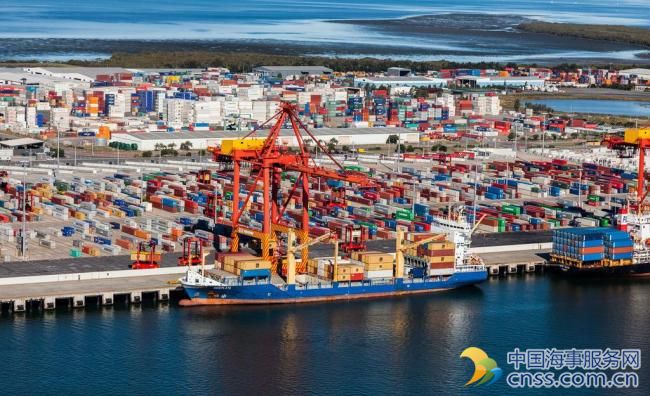China’s surging steel, iron ore inventories at odds with price gains

Something is not quite adding up in China’s iron and steel markets, with the reasons for the current rally in prices for both commodities jarring uncomfortably with actual data.
Iron ore futures on the Dalian Commodity Exchange on Tuesday hit the highest since the contract was launched in 2013, reaching an intraday peak of 741.5 yuan ($108) a ton, ending 3.2 percent up on the day, taking the gain since the beginning of 2016 to 258 percent.
The simple explanation is that iron ore is merely tracking gains in steel rebar futures, the main Chinese benchmark traded on the Shanghai Futures Exchange.
Steel futures closed on Tuesday at 3,589 yuan a ton, having earlier reached their highest level since February 2014. Their gain since the start of 2016 stands at a fraction over 100 percent.
The main reasons cited for the rally in steel are strong growth in demand because of Chinese infrastructure spending and fears over supply, given Beijing’s plans to cut excess capacity and enforce stricter pollution controls.
While it’s fair to say demand for steel has been boosted by increased spending, and that steel capacity has been cut, there is little evidence that this is creating any shortage of the alloy.
Production is still strong, with China’s crude steel output reaching 67.2 million tonnes in January, up 7.4 percent from the same month a year earlier, the World Steel Association said on Tuesday.
Production for 2016 was 808.4 million tonnes, up 1.2 percent on the prior year, confounding expectations at the start of last year that output would decline as the industry was forced to rationalize capacity.
Some 45 million tonnes of excess capacity was shut in 2016, part of a plan to shutter as much as 150 million tonnes by 2020.
But it’s clear that shutting excess capacity has had zero impact on steel mills’ ability to increase production.
In fact, it may have the opposite effect, as the capacity that has been closed was older, less efficient and generally loss-making, meaning the mills currently operating are more profitable and thus incentivized to boost output.
Certainly, there appears to be no shortage of steel in China, with rebar inventories rising to 8.397 million tonnes in the week to Feb. 17, the highest for almost two years and more than double the recent low of 3.508 million recorded on Nov. 18 last year.
It’s much the same story with iron ore, with inventories surging to 127.5 million tonnes in the week ended Feb. 17, the most since at least 2004, according to data compiler SteelHome.
INVENTORIES TO PROMPT CORRECTION?
What has happened in recent months is that China’s output of steel, and its imports of iron ore, have been robust on the back of the rise in steel prices.
Steel production has been incentivized by the solid profits being made by steel mills, and this has led to strong gains in iron ore imports, with January’s 92 million tonnes being the second highest on record.
The question is how long can the current situation be sustained?
It certainly doesn’t seem logical that prices can continue to rally when inventories are reaching uncomfortably high levels.
At some point the volume of steel and iron ore sitting at Chinese ports and warehouses will overwhelm even the most optimistic traders, but picking that point is far from an exact science.
In the past, peaks in inventory cycles have been matched by falling prices, but the last five years are tricky given the market was also suffering from persistent oversupply in iron ore and steel, whereas now it’s more fundamentally balanced.
Certainly, Andrew Mackenzie, chief executive of BHP Billiton, is cautious on iron ore, telling reporters on Tuesday that the world’s No.3 producer of the steelmaking ingredient sees risks to the downside in the short term from moderating Chinese steel demand growth, high port inventories and incremental low cost supply.
So far, the paper markets for iron ore and steel have been happy to forego a cautious approach to the outlook in 2017, but optimism in the face of contradictory data may well lead to a sharp reality check.
Source: Reuters (Editing by Joseph Radford)
HEADLINES
- Do shipping markets want Biden or Trump for the win?
- All 18 crew safe after fire on Japanese-owned tanker off Singapore
- Singapore launching $44m co-investment initiative for maritime tech start-ups
- Cosco debuts Global Shipping Industry Chain Cooperation Initiative
- US warns of more shipping sanctions
- China continues seaport consolidation as Dalian offer goes unconditional